Overview
Why Programmatic?
It’s useful to understand what programmatic ad buying (or ‘programmatic’) is and how significant it will be in the future.
However, to gain a better grasp of the subject, it is necessary to examine the circumstances that have led to the existence of programs.
That is, what is the purpose of programmatic purchasing? Isn’t our current ad infrastructure adequate? To answer that question, we will travel back a long time and examine the growth of online advertising.
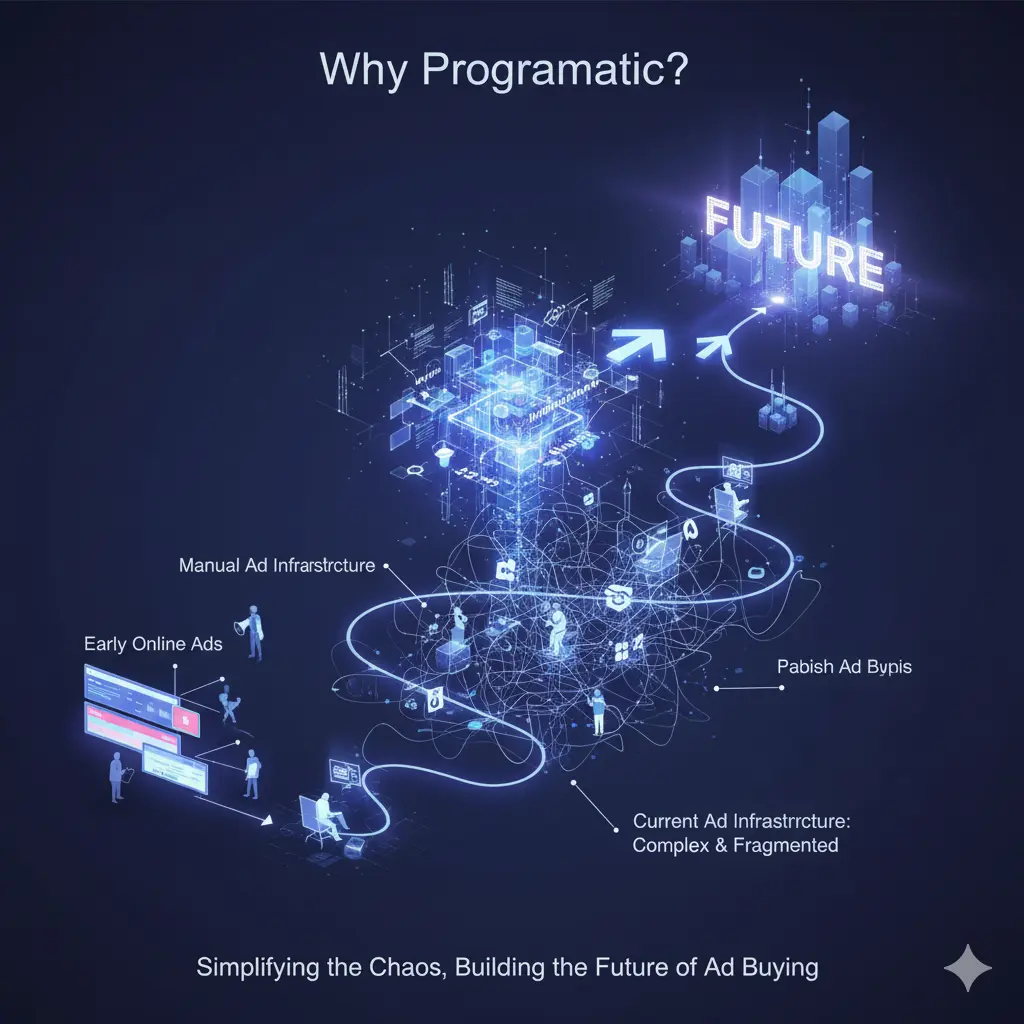
Definition of Ad Buying
A media buy is when you buy advertising from a media company like a television station, newspaper, magazine, blog, or website. It also comprises ad price and placement negotiations, as well as research into the finest new ad placement venues.
- The purchase of advertising from a media outlet, such as a newspaper, blog, or television station, is known as media purchasing.
- Because a media buy is purchased, it is not considered earned or owned media.
Media Buy And Programmatic Buying
The use of technology to automate the advertising buying process is a major trend in media buying (or ad buying) on the internet or mobile devices. Real-time programmatic advertising occurs by applying algorithms to allow marketers to bid for the opportunity to post an ad on a web page.
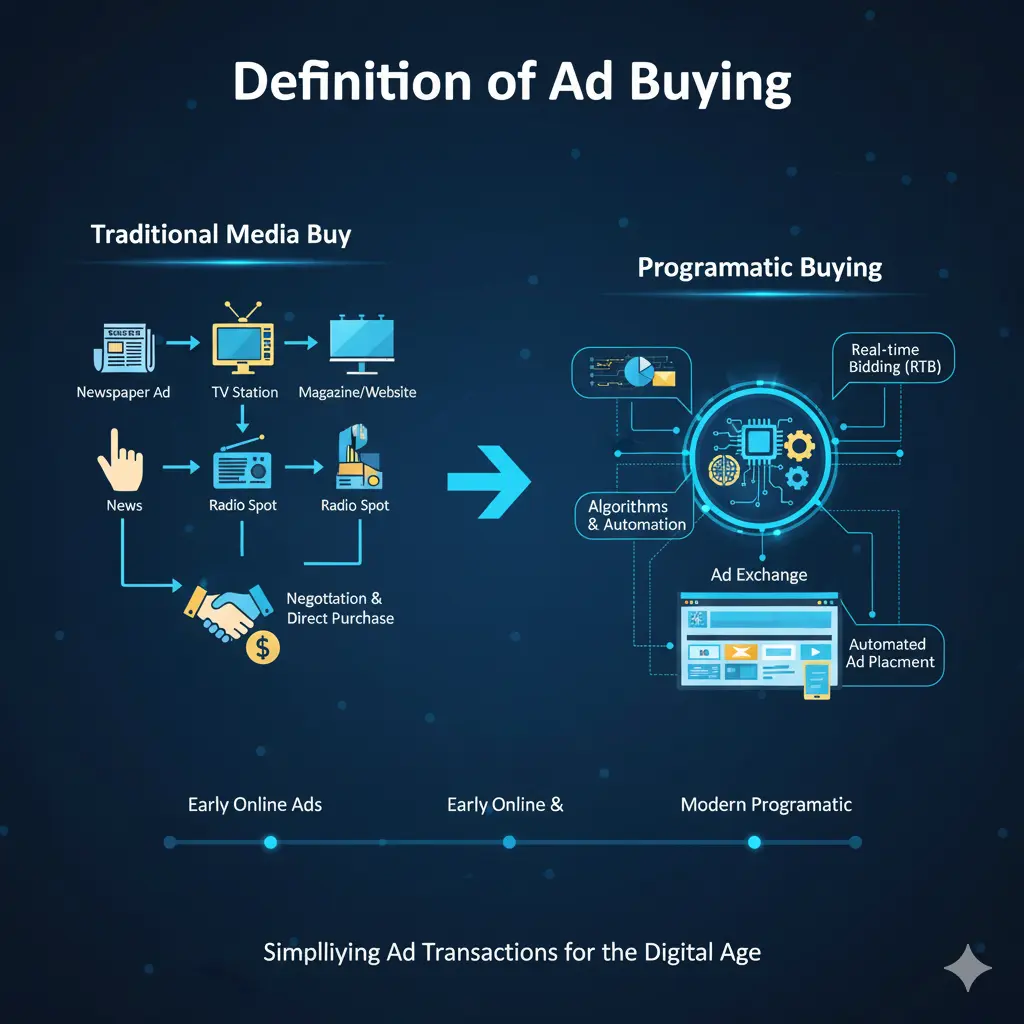
How Ad Buying Worked Earlier
The Beginning Of Programmatic Advertising
Before programmatic advertising, negotiating agreements for buying digital ads took time, and as a result, advertising became highly expensive.
The earliest “ancestor” of the current, digital ad was most likely a well-known, static banner ad launched to the advertising market by HotWired (presently Wired.com).
It was something fresh and possibly even a little exciting for users in 1994 – at least intriguing enough to get a CTR of 40-50 percent. Doesn’t that sound impressive? Of course, this was a different era when people were exposed to far less advertising content. As more advertisements appeared on the Internet, the average CTR decreased with time.
Only two years later, in 1996, the first ad server – Double Click – was developed (it was bought by Google 11 years later), and over time, new servers were built, and the first advertising network began to take shape.
The renowned Google AdWords (now known as Google Ads) was released in 2000. Although this was not the beginning of programmatic advertising because it only enabled advertising in Google’s network, it was a significant advancement in digital advertising.
Finally, in 2013, Google AdSense, a display ad network, was unveiled. There were other companies in the advertising market, of course, but Google’s solutions were the most popular due to the success of their search engine.
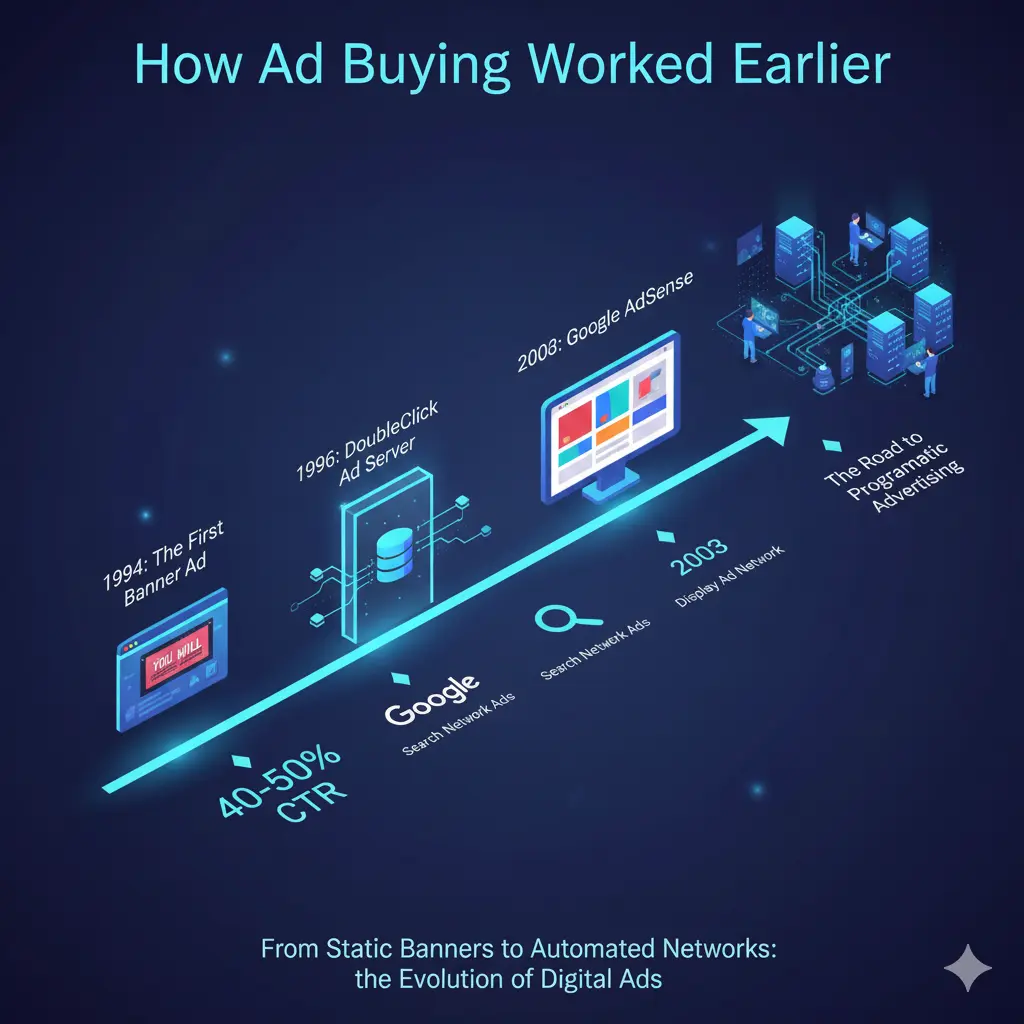
Evolution Of Ad Buying To Programmatic
Programmatic Advertising Platforms And Automation
The introduction of programmatic began with the necessity of premium publishers to monetize all of their inventory, but it ultimately simplified the process for all stakeholders involved.
AdSense enabled publishers to market their websites as an advertising platform. This had a detrimental impact as well; Google was immediately bombarded with massive volumes of SPAM sites, for example.
The earliest RTB (real-time bidding) solutions were created and constructed in the first decade of the twenty-first century, before Google’s Panda Update for search optimization.
From that point on, programmatic advertising companies began to follow the general corporate trend of becoming more data-driven and automated in general.
By removing the human aspect and automating the process, brands were able to promote more effectively. Costs were cut while efficacy was boosted. But did it happen? In a way, yeah.
Remember that competition is expanding, hence new technology and solutions are essential. So, The Brisk can help you know what types of programmatic advertising tactics are used.
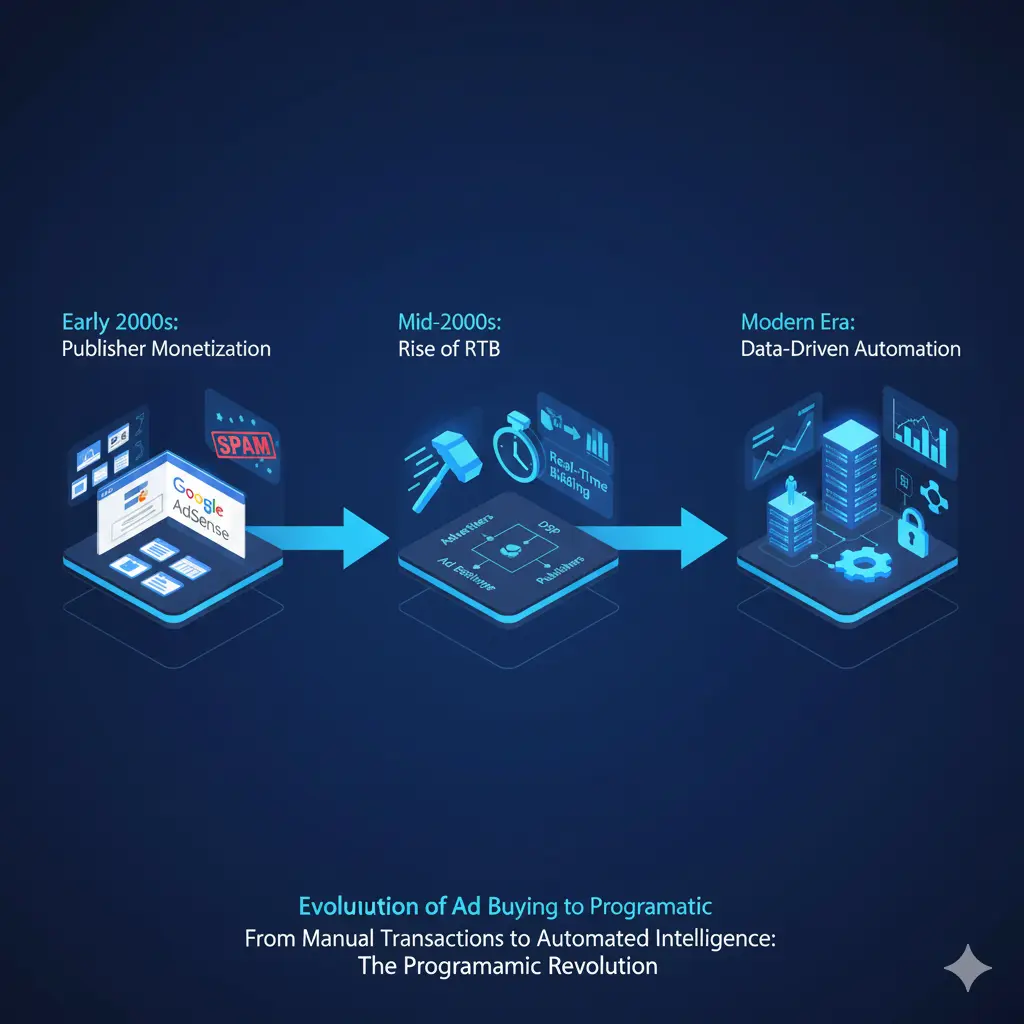
The Catalysts For The Evolution Of Programmatic Advertising
The advancement of programmatic advertising is ongoing. The most popular trends influencing the field of digital advertising today are described here.
General Process Automation
Automation has become popular in a variety of sectors and business departments. The moment had come for marketing and advertising as well.
It benefits all parties involved, including programmatic platform owners, website owners, and businesses looking to promote their content.
Because no face-to-face talks are required, automated ad placement minimizes the time required for displaying an ad and enhances ad performance by selecting the appropriate media for displaying an ad.
Contextual Targeting Services Availability
The development of new targeting approaches necessitates the constant improvement of the advertising environment to enable new advertising solutions.
As programmatic advertising evolves, so do new solutions such as contextual targeting. The very existence of programmatic advertising has enhanced the user experience. Of course, the entire SPAM issue was unavoidable.
Brands that invest in programmatic advertising can escape the negative connotations associated with it.
The fundamental advantage of contextual targeting is that it provides consumers with non-organic material (ads) that is closely related to the content they are currently seeing.
Video Advertising
According to our estimates, the video will account for 82% of internet traffic in 2022. According to research, video advertising is getting more relevant to buyers.
They prefer to consume content in the form of a short video over other formats. context, a programmatic video advertising method, allows us to display your ads to the proper audience.
Brands may promote their content more effectively by optimizing their video ad campaigns.
Changes in Privacy Regulations and the Abolition of Third-party Cookies
Some companies have used third-party cookies for almost 25 years, although their prominence has waned.
It no longer meets current privacy norms; thus, Google decided to remove it in January 2020, and the business said in June 2021 that it will phase out third-party cookies by the end of 2023.
The removal of third-party cookies is a significant development, but it is only the beginning of a larger upheaval in the digital advertising space.
Advertising firms must adapt their services and operations to meet the new privacy standards (for example, GDPR, CCPA, the new EU-US Privacy Shield, etc.).
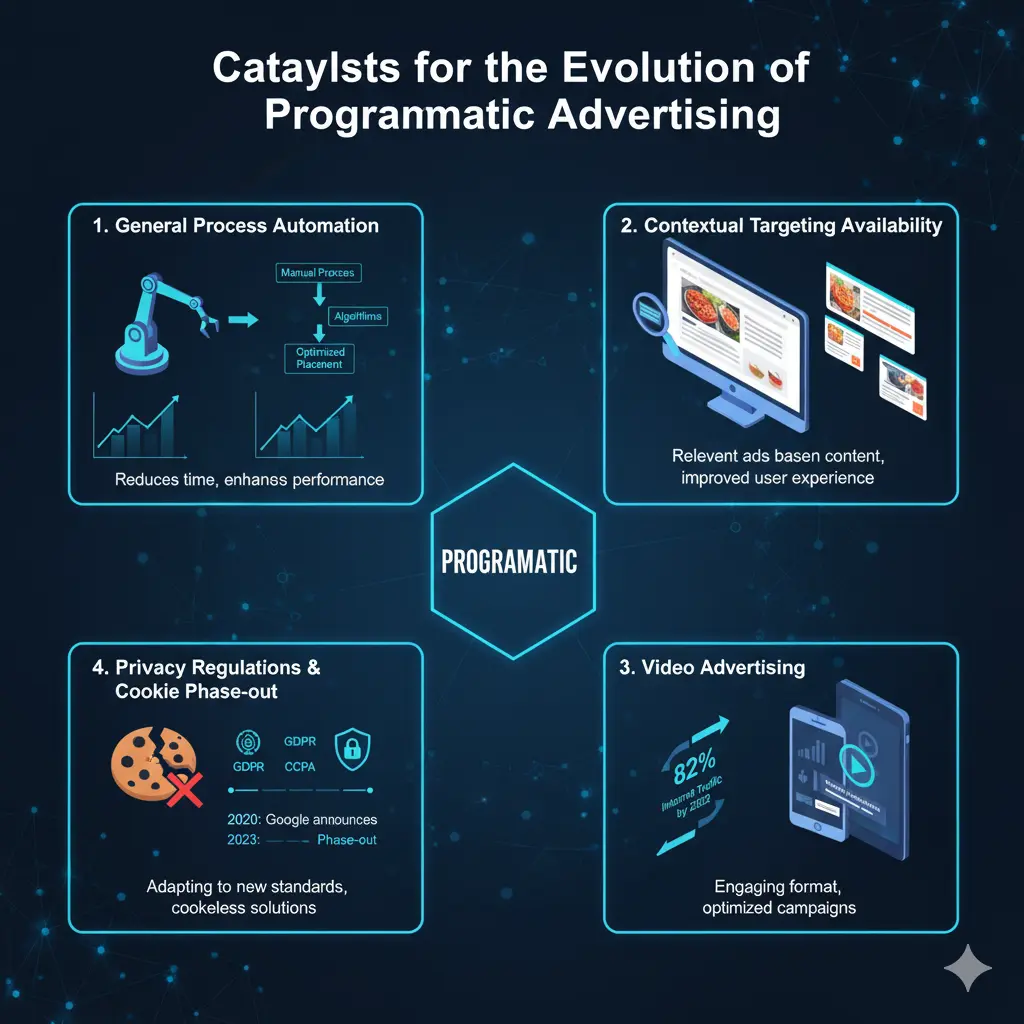
Is Programmatic The Future Of Ad Buying?
Yes, and if you aren’t already adapting, you will most likely be forgotten. As media buying patterns shift from traditional/broadcast to OTT/CTV, programmatic ad buying will become the most common strategy for media buyers. Advertisers cannot afford to pass up the chances that are projected to emerge.
Indeed, eMarketer predicts that programmatic ad spending will continue to rise in importance, particularly as important themes are expected to impact growth in the future years.
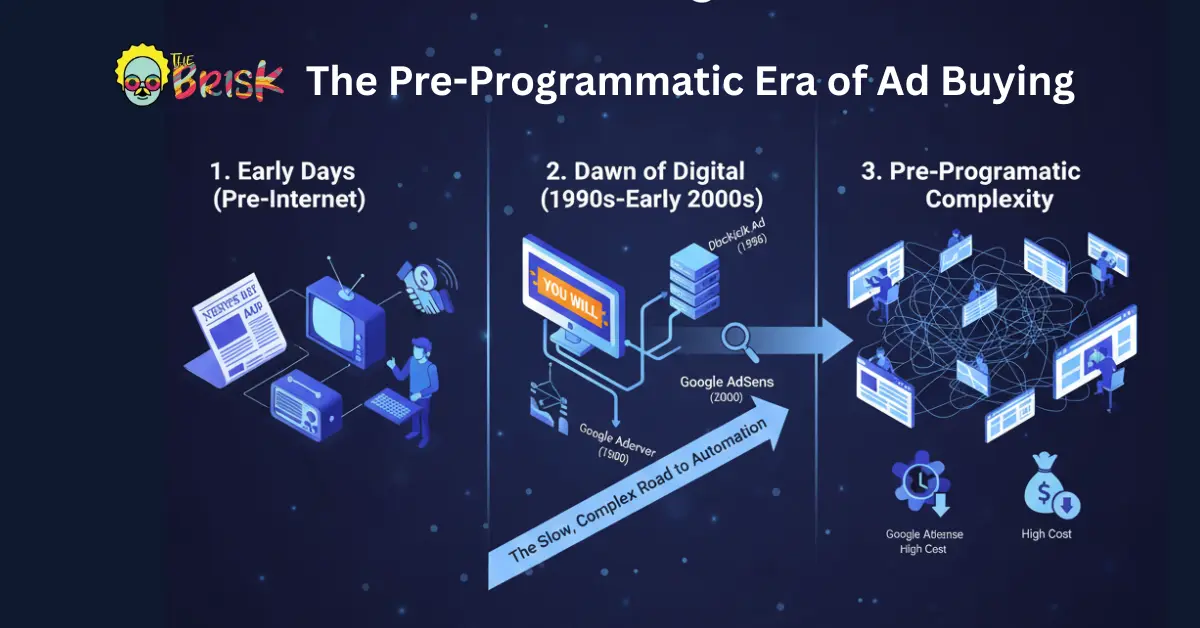

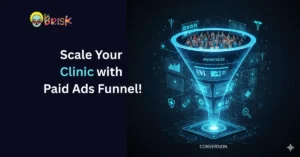
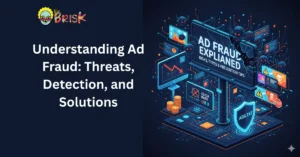
No Comments